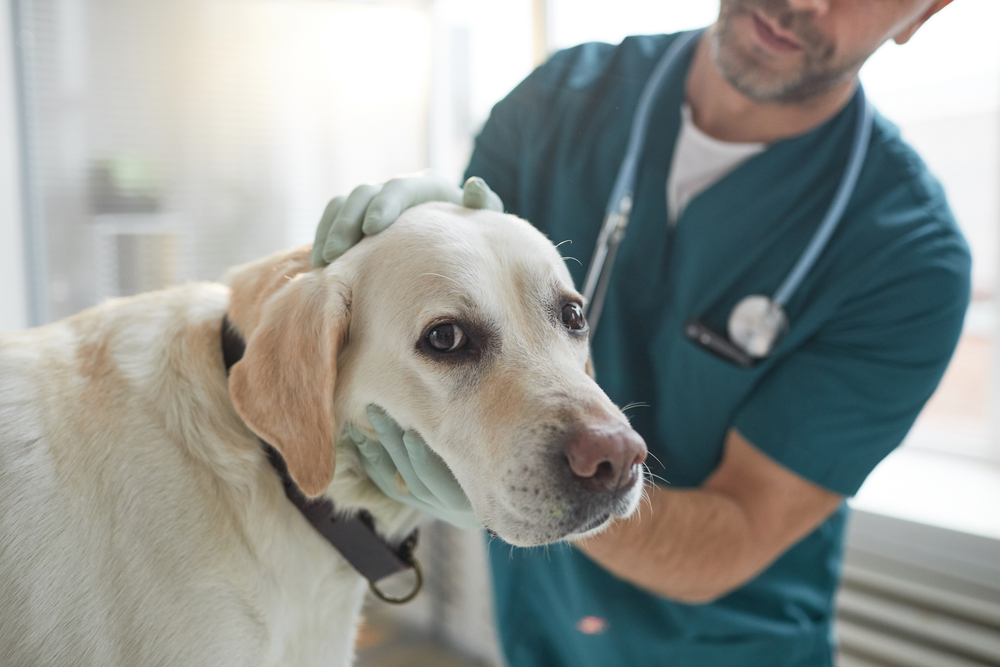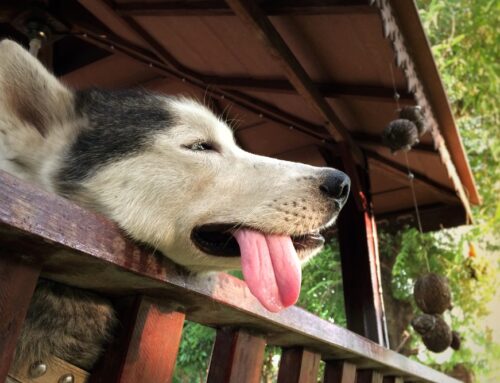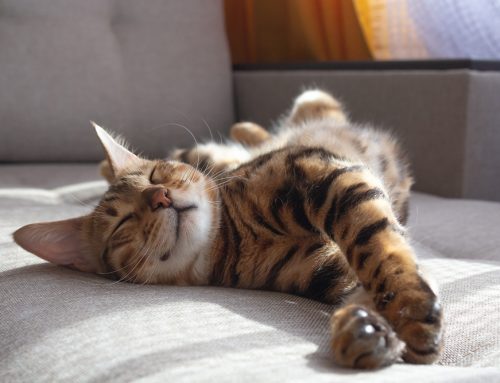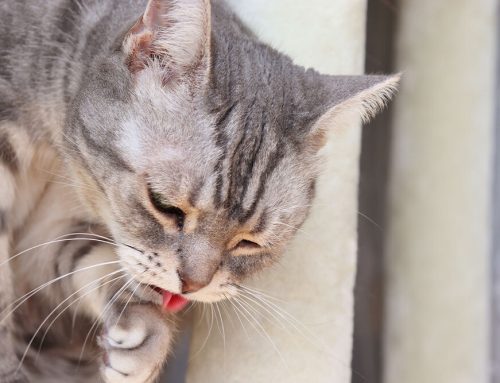Being a pet owner during COVID is tough. Heck, being anybody during a pandemic is difficult. But, as a pet owner, calling your veterinarian and being told when the next available appointment is can be incredibly frustrating. What is happening in the veterinary industry that is making seeing your veterinarian so difficult? Here are 10 things we want pet owners to know about why scheduling an appointment for your pet is taking so long.
#1: When we say we can’t fit your pet into the schedule today, we really can’t
While we’d love to treat every pet as soon as they require urgent care, we may have to refer you to another veterinary practice. Some days, our schedule is double- and triple-booked, and we simply cannot squeeze another pet in without compromising patient care. To prevent our staff from being overwhelmed, exhausted, and burned out, and to avoid costly mistakes because they are exhausted, we may not be able to see your pet as soon as you’d like.
#2: Veterinary practices are facing an enormous backlog of wellness care
During the pandemic when people were stuck at home, they could not get to their veterinarian for their pet’s wellness care. This meant that annual wellness exams and elective surgeries, like spays and neuters, were pushed back until businesses reopened, and people could leave their homes. Veterinary practices are still struggling to catch up with this onslaught of delayed wellness care, while additional pets continue to need illness and emergency care.
#3: People staying at home with their pets discovered more health concerns
As people were quarantined with their pets, they lavished their furry companions with attention, and observed more health concerns in their pets. Many pets did not require urgent care, but veterinary practices were not prepared for this huge influx of concerned pet owners, and had to spend much of their time examining miniscule skin tags and treating cases of the sniffles.
#4: The veterinary staffing shortage is getting worse
The veterinary industry has been struggling to find adequate employees for years, and the pandemic compounded the situation. With employees being quarantined or falling ill themselves, a fully staffed veterinary hospital was a rare sight. To this day, many practices are still operating with fewer employees than they’d like, and may have had open positions for months.
#5: Burnout and compassion fatigue are affecting more veterinary professionals
Veterinarians have one of the highest suicide rates among all professions, and the contributing factors of burnout and compassion fatigue have only worsened with the pandemic’s demands. Long hours, poor work-life balance, substandard pay, underutilization, and the job’s physical, mental, and emotional demands cause many veterinary professionals to take a break, or to leave the field entirely.
#6: Curbside care protocols drastically reduced efficiency and productivity
Curbside care kept people safe, but in some cases, undercut our efficiency. Standard wellness appointments easily took twice as long with all the back-and-forth necessary to complete a pet’s care. According to data from the AVMA Census of Veterinarians and Veterinary Practice Owners, veterinarians saw fewer patients per hour, and average productivity declined by almost 25% in 2020, compared with 2019. This means that a veterinarian who typically saw four patients per hour was seeing only three, which drastically reduced the number of pets seen each day.
#7: Many veterinary practices limited their services
During the pandemic, veterinary practices may have offered emergency-only care, reduced their hours, or closed completely. Because many practices were not operating at full capacity, the overwhelming patient load was shunted to other area practices for care, or pets were put on a waiting list.
#8: Emergency veterinary hospitals are experiencing substantial wait times—or closing
Emergency veterinary hospitals are also feeling the strain, because they are experiencing severe staff shortages, too. Some have closed their doors, while others do their best with minimal staff. However, because pets cannot receive care at their regular veterinarian for minor illnesses, like a mild ear infection or case of fleas, their owners are turning to emergency hospitals. This overburdens the emergency practices, leading to substantial wait times, or referral to other emergency hospitals.
#9: People had more disposable income to spend on their pets
With disposable income increasing with the aid of stimulus checks and reduced spending, people had more money to spend on their pets. This led to requests for more appointments and more services, such as a dental cleaning that had been put off for months because of finances.
#10: The pandemic and high demand for veterinary care has been hard on us, too

We understand that not having your pet cared for immediately frustrates you. The situation is also tough for our team. We want to provide gold-standard care to all pets in a timely manner, but we simply do not have the resources. Please treat your veterinary teams with kindness and compassion, as we navigate this challenging situation together.
As veterinary practices struggle with an overwhelming demand for pet care, at the same time as they cope with decreased efficiency because of safety protocols, we ask that you please be patient with our Stack Veterinary Hospital team. We do our utmost every day to provide essential care for all the pets in our community, and will continue to do so. But, we ask that you help us out by scheduling your pet’s wellness visit well in advance, and by ensuring that small issues with your pet do not develop into serious, urgent problems by scheduling an appointment promptly.







Leave A Comment